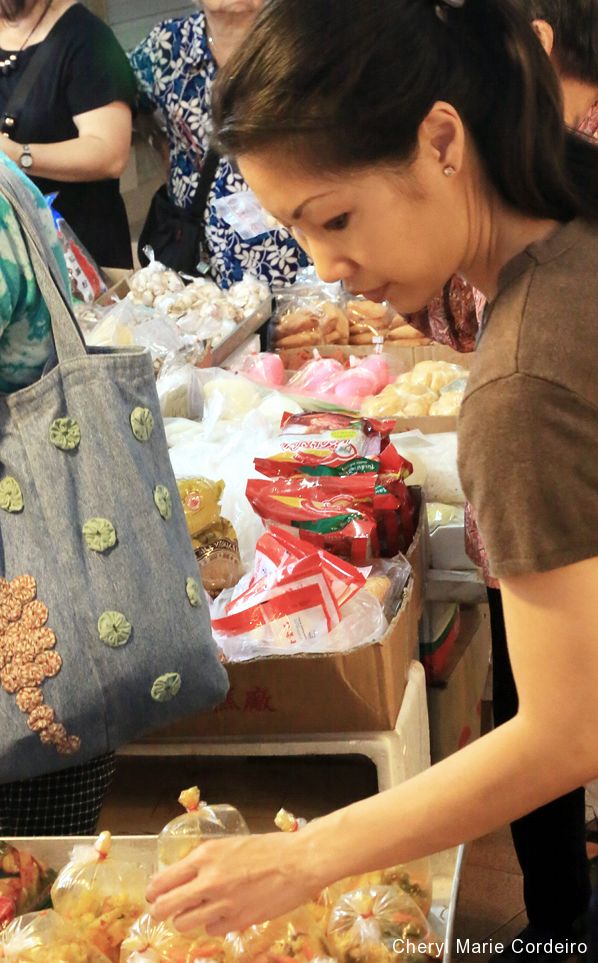At the Circle Market located in the east of Singapore, 2016.
Text & Photo © JE Nilsson, CM Cordeiro, Sweden 2016
I love marketing. From Barcelona, Spain to Bali, Indonesia and in in this post, the east of Singapore, I think having time to market is a privilege. Often times, the market place is combined with places for eating, where one can sample the people’s street foods. Located in the eastern part of Singapore in Tampines neighbourhood is the Circle Market (Tampines Round Market and Food Centre). This place comes alive from the break of dawn and winds down just at about noon each day, with its most festive days being the weekends. On weekends, marketers are greeted by a flea market carrying an array of eclectic goods in makeshift stalls that frill the outmost circle of the market place. The combined amenities of eateries, market stalls and flea market activities resonate as a heartbeat of the neighbourhood. If cooking at home, one is most likely to be able to bag most ingredients to grandmother’s dishes here.
The wet markets in Singapore are attractive socio-economic spaces for the community. On a recent visit (2 Dec. 2016) to Singapore by Myanmar state counsellor Aung San Suu Kyi toured Ghim Moh Market and Food Centre the morning, hosted by Foreign Minister Vivian Balakrishnan [1].
“The wet market offers a spectacle of different sights, smells, and sounds, where one can see, touch, and taste ethnic foods, people watch, hear different dialects spoken, and ‘rub shoulders’ in a diverse crowd of strangers. Regardless of age or ethnicity, many of our respondents likened the market to a destination place: a visit offers an experience unique from the otherwise enclosed and air-conditioned supermarket, where expectations of well-mannered behaviours, the prevalence of spoken English and proper dress are scripted. By Singaporean standards, the markets are a tad ‘rough around the edges’ – and therein lies a key basis for their appeal and attachment for many. As one of our younger interview respondents put it: ‘Supermarkets don’t have soul’. The proximity of stalls, the multiple entrances and exits, the intermingling of shoppers and vendors, and impromptu seating and gathering areas enable an easy blurring together of activities of bargaining, strolling, chatting or simply hanging out.” [2:108]
I couldn’t agree more with the findings and the respondents that took part in the above quoted 2015 urban study on the allure of the Singapore wet markets by Mele et al.
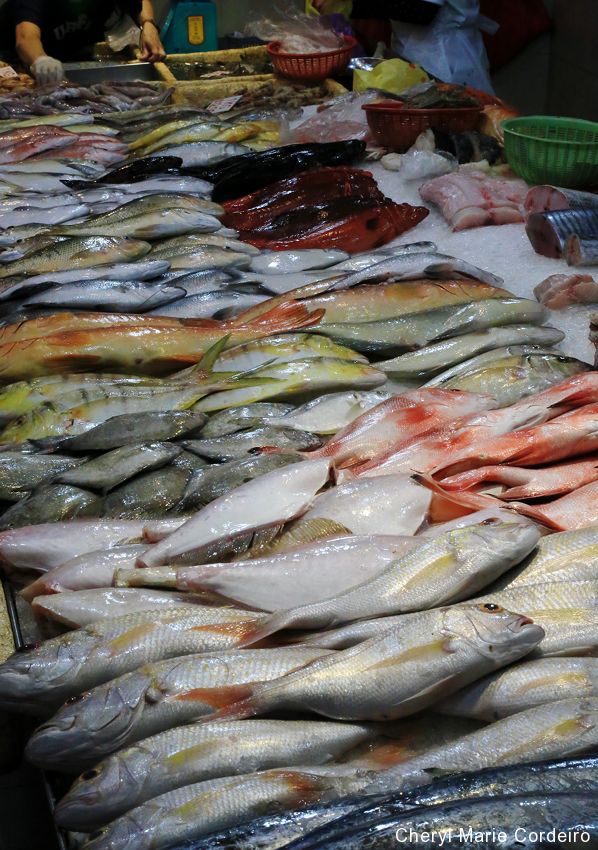
Different from when I was growing up and walking around wet markets is that the names of the stalls today (as with some of these stalls trading in fresh fish) end with dot com.
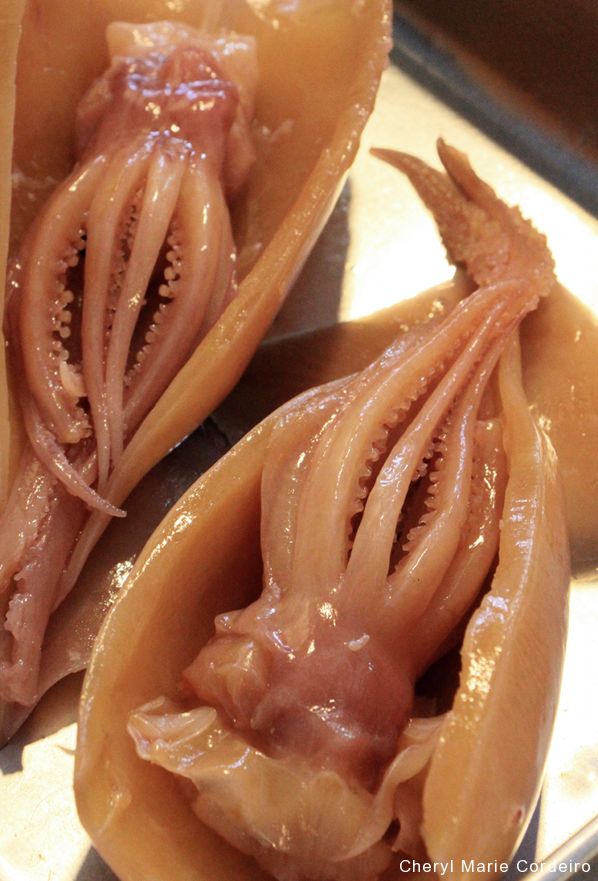
Cuttlefish, pre-cooked.
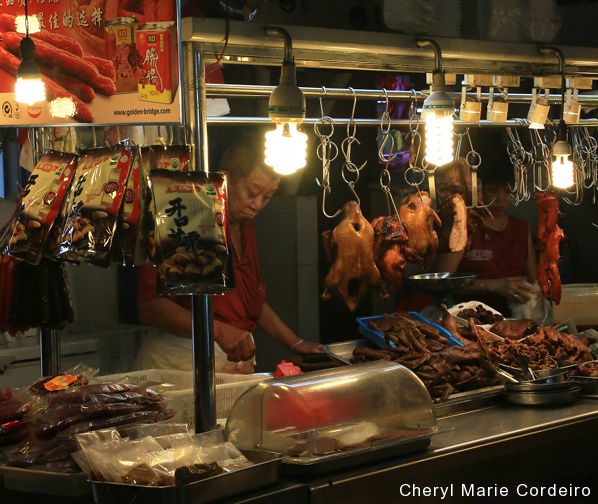
A stall selling a variety of roasted and sweetened meats.
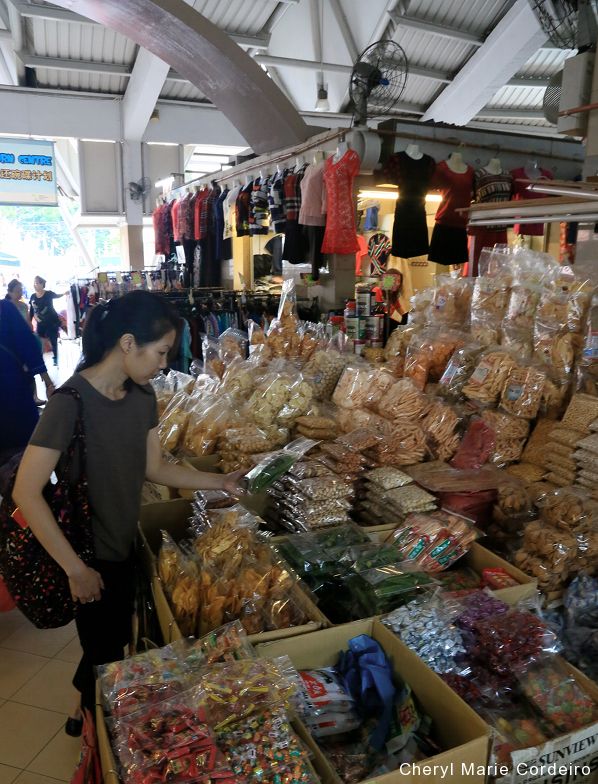
A stall selling preserved and candied fruits, mostly.
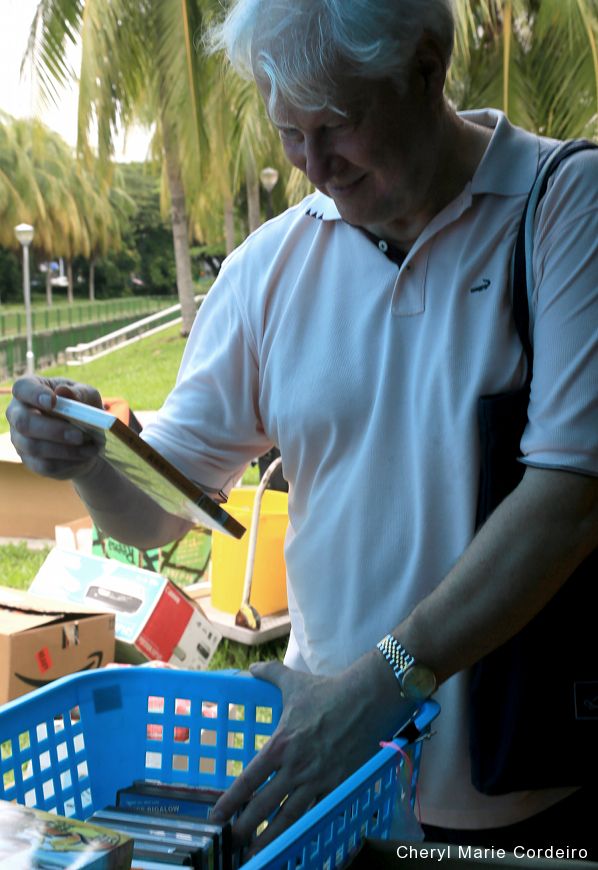
Browsing through flea market finds.
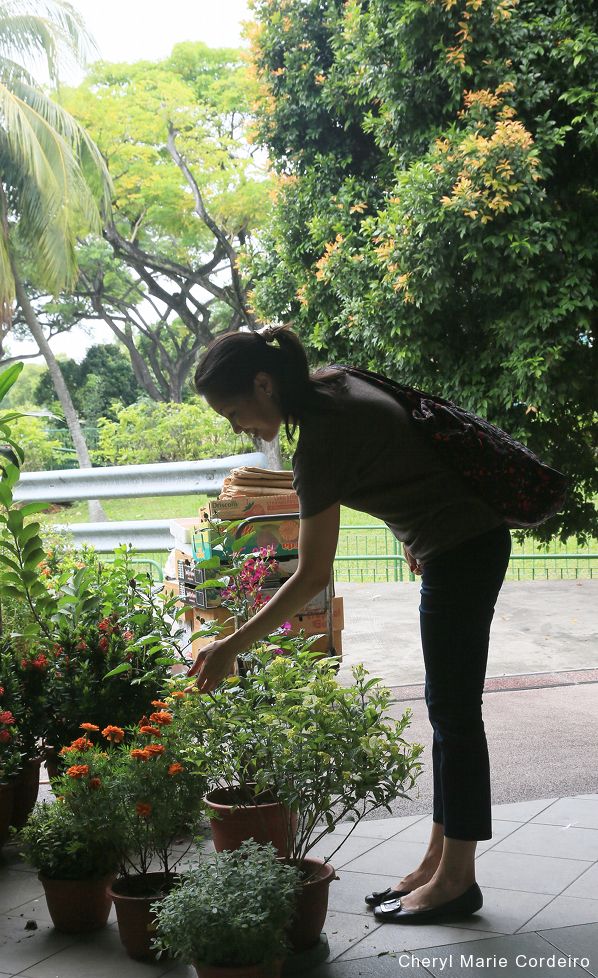
A little bit of potted greens to bring home if you wanted.
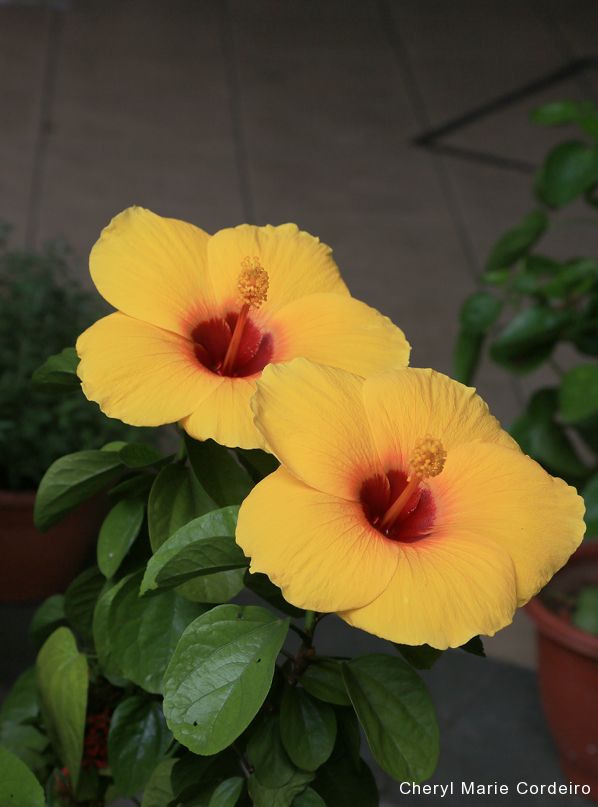
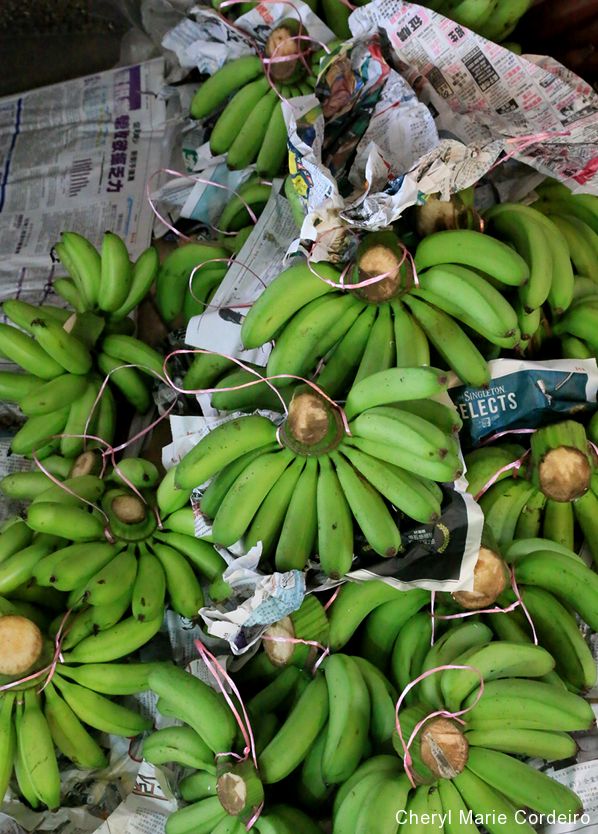
A parting sight to the Circle Market are these unripe bunches of bananas strewn on the ground wrapped in newspapers. They were in the process of being unpacked from their rattan woven baskets, yet to be displayed in the stalls.
References
[1] Yong, C. (2016). Aung San Suu Kyi tries local fare at Ghim Moh Market and Food Centre, The Straits Times, Singapore.. SPH websites, published 2 December 2016. Internet resource at http://bit.ly/2fZ8wyF. Retrieved 3 Dec. 2016.
[2] Mele, C., Ng, M., & Chim, M. B. (2015). Urban markets as a ‘corrective’ to advanced urbanism: The social space of wet markets in contemporary singapore. Urban Studies, 52(1), 103-120. doi:10.1177/0042098014524613.
